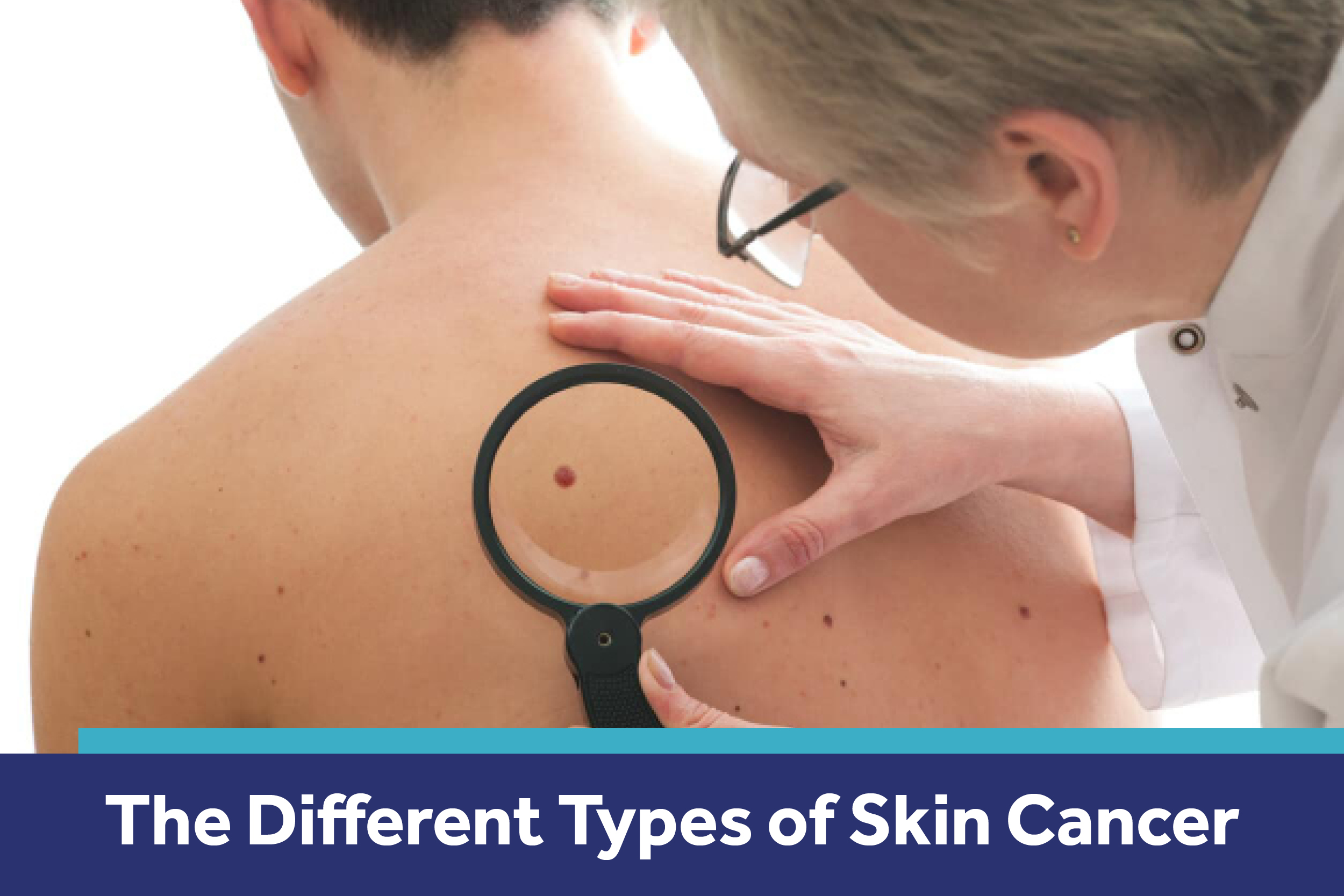Melanoma & Skin Cancer Awareness Month
As the summer season approaches, it's crucial to prioritize proper skin protection to prevent potential skin damage caused by the sun's harmful UV rays. Of course, taking care of your skin is always important, but the summer brings increased sun exposure, making it crucial to ensure that you protect your skin from the sun's harmful effects.
Many factors, such as sun exposure, contribute to developing skin cancer, as well as skin type and age. The three main types of skin cancer are Basal Cell Carcinoma, Squamous Cell Carcinoma, and Melanoma.
The most common warning signs of skin cancer are new growths or changes in an existing growth or mole. However, each type of skin cancer has more specific symptoms as well.
Basal Cell Carcinoma:
Basal cell cancer is the most common type of skin cancer, with a high survival rate. Basal cell cancer is most commonly seen on sun-exposed areas of your skin.
Specific symptoms of basal cell carcinoma:
- A small, smooth, pearly, or waxy bump
- A flat, pink/red- or brown-colored lesion
- Sores that look crusty and have a depression in the middle
Squamous Cell Carcinoma:
Squamous cell cancer is most commonly seen on sun-exposed areas of the skin but can be found anywhere on the body.
Specific symptoms of squamous cell carcinoma:
- A firm pink or red nodule
- A rough lesion that might itch, bleed or become crusty
Melanoma:
Melanoma can develop in any area of your body. Melanoma is a very serious type of skin cancer because it can spread to other areas of your body.
Specific symptoms of melanoma:
- A brown-pigmented patch or bump.
- A mole that changes in color, size or that bleeds.
- A suspicious mole often contains shades of brown, black, or tan, as well as pink, red, or purple spots. It becomes more colorful as cancer progresses, so early action is crucial.
When it comes to skin cancer, remember the ABCDEs of Melanoma:
- A: Asymmetry
- One half of the spot is unlike the other half.
- B: Border
- The spot has an irregular, scalloped, or poorly defined border.
- C: Color
- The spot has varying colors from one area to the next.
- D: Diameter
- While melanomas are usually greater than 6 millimeters, they can be smaller when diagnosed.
- E: Evolution
- The spot looks different from the rest or changes in size, shape, or color.
If you are experiencing any of these symptoms, talk to your physician. At PCSRI, our team of specialists are readily available to provide you with personalized care and the compassionate support you deserve to navigate your treatment journey.


